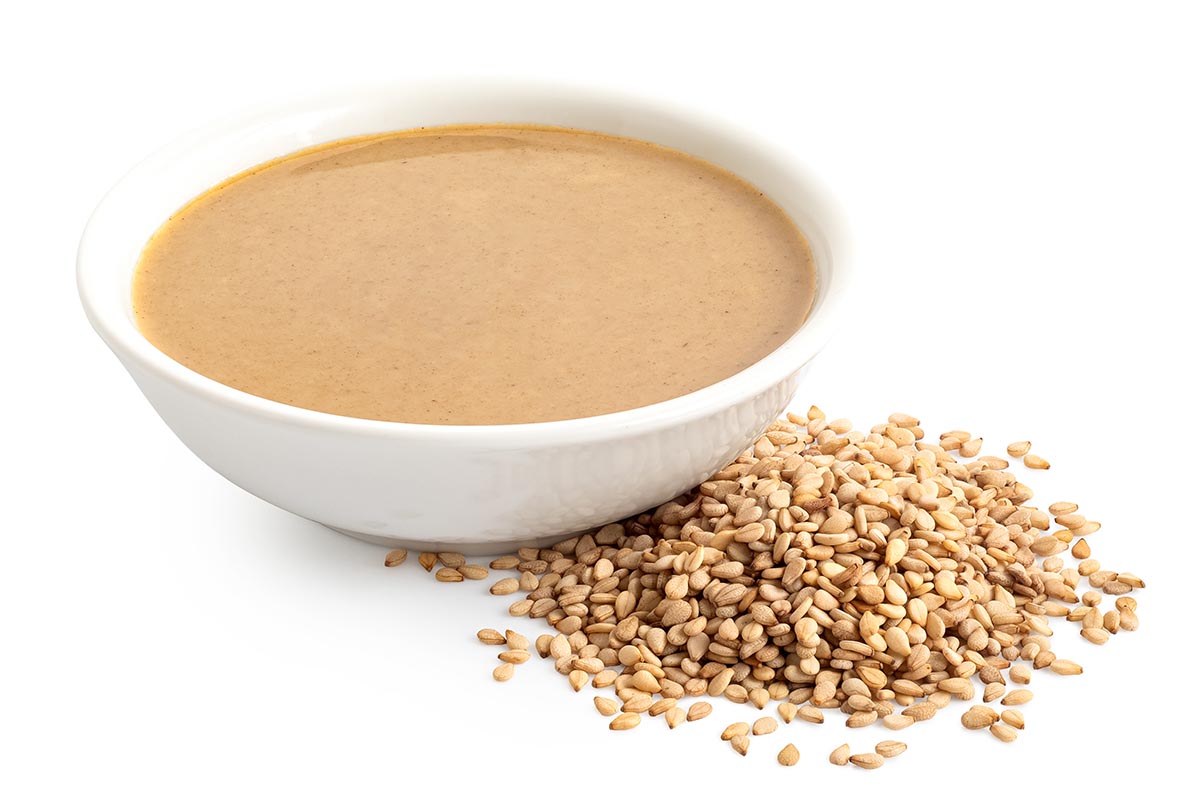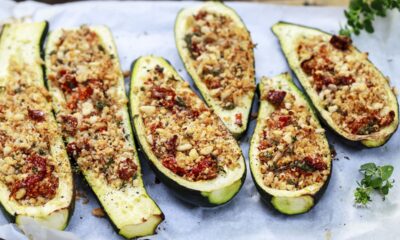Food
What is tahina and what is it good for?

Tahina: what it is, how to prepare it and what this very popular ingredient in Middle Eastern cuisine is good for.
Are you a fan of Mediterranean or Middle Eastern cuisine? If so, you've most likely come across tahini in your life before. What is it about? Of a food based on ground sesame seeds used in practically all the main preparations of that particular cuisine, from hummus to salad dressings. It has a flavor similar to nuts or peanuts, with earthy aftertones, and adds depth and richness to many dishes. It's often confused with peanut butter because they have similar textures, although it has slightly higher moisture, and all in all it has several benefits as well. Let's find out together how it is prepared and what it is good for.
What is tahini?
A staple in Mediterranean and Middle Eastern cuisine, it can be used as an ingredient in many recipes, from appetizers to desserts. In addition to being delicious , it is packed with nutrients, making it quite a versatile food to add to your diet as well as eat it straight.

Among the most popular uses that are made of it, we can mention several: very often it is spread on toasted bread or crackers, it is mixed with vegetables of various kinds, such as aubergines, to prepare dishes such as babaganoush , to create different types of hummus , to stir it into stews or other savory dishes. Many also use it to combine it with yogurt or to give an additional taste to vegetables or chips. In short, it is a truly versatile butter and you can try it with practically everything.
How to do it: ingredients and procedure
The preparation process is not complicated, but it takes some time. First, you need to start with sesame seeds, hulled and roasted . The roasted seeds are ground into a crumbly paste in a stone mill or modern electric grinder. The texture should be coarse, not too smooth or doughy. After grinding, a small amount of olive oil could be added to give it extra moisture, as many recipes call for a thick paste for application and ease of spreading.
Salt can also be added for flavor and preservation, or again omitted if preferred unsalted varieties are desired. Finally, it's important to properly store your homemade batches; Tightly sealed mason jars with tight-fitting lids should help prevent oxidation and keep the product safe for use longer. Additionally, airtight bags may also suffice in place of glass containers if needed, but should not be subjected to extreme temperatures after filling (outside the fridge/freezer).
What is tahini good for?
Tahini contains many essential nutrients that benefit our health; it is rich in calcium, magnesium, potassium, iron and zinc. It also contains lots of protein and healthy fats like omega-3 acids, which are important for heart health. It is also gluten-free, which can be beneficial for people on a strict diet avoiding wheat-based products, or for those who suffer from gluten intolerance issues such as celiac disease.
In addition to being incredibly delicious and nutritious , it's also easy to store: It lasts up to five months when stored properly (in an airtight container) at room temperature. All of these benefits make it an excellent addition to anyone's pantry shelf. If you're new to this delicious condiment, try adding some to your next sandwich or salad – you won't regret it!
Riproduzione riservata © - WT











